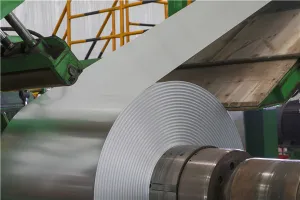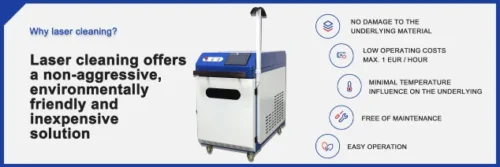Introduction
Steel is undoubtedly one of the most versatile and durable materials in the world, which is why it is widely used in both manufacturing and construction sectors. However, to further extend its life and enhance its corrosion resistance, steel is coated with a layer of zinc to protect it from damage caused by rust. But there are times when it becomes essential to remove this coating, and traditional techniques such as abrasive blasting or chemical stripping can be time-consuming and hazardous.

With the introduction of innovative technology, laser cleaning is now becoming the preferred method for removing galvanization from steel. Laser cleaning works by using a high-intensity beam of light to vaporize the layer of zinc, leaving the metal underneath undamaged.
This process has significant advantages over traditional methods, such as being free of chemicals, dust, and noise pollution. Laser cleaning is also faster, more precise, and less labor-intensive, making it more cost-effective than conventional techniques. Moreover, the laser cleaning method requires less maintenance, and it can easily be automated to increase productivity. Additionally, it provides a higher degree of accuracy, ensuring that every corner and crevice of the steel surface is cleaned.
In conclusion, given the benefits of laser cleaning over traditional methods, it is no surprise that it is becoming increasingly popular in the manufacturing and construction industries. Its speed, precision, and eco-friendliness make it a winner over traditional abrasive blasting or chemical stripping methods, giving steel an added advantage and a boost to its overall durability.
Realizing Laser Cleaning
Laser cleaning is an advanced technique that offers a non-contact solution for removing surface layers on various materials. It involves the use of a high-powered laser beam that effectively eliminates dirt, residues, rust, and other unwanted substances. In the case of galvanized steel, the laser energy efficiently interacts with the zinc coating, causing either melting or vaporization resulting in the surface being cleaned, while the galvanized layer is removed. What’s left is a smooth, polished, and clean steel surface, free of any unwanted galvanized layer. With this technology, one can achieve precision cleaning on a variety of surfaces with minimal effort and cost.
The Process of Using Laser Cleaning to Remove Galvanization
In order to achieve the maximum effectiveness of laser cleaning on steel, it is crucial that the surface is free of contaminants that may disrupt the process. Selection of the most appropriate laser type, whether it’s CO2 or fiber, is based on specific project requirements such as cleaning rate and coating thickness. However, calibrating the laser to achieve the desired depth of cleaning without causing damage to the underlying steel requires advanced control systems and accurate precision.
During the cleaning process, the laser’s intensity and duration are precisely monitored to vaporize and remove the zinc layer. Additional post-cleaning treatments such as protective coatings or cleaning may be necessary to prepare the steel surface for its intended use. Overall, laser cleaning technology provides a highly efficient and sustainable solution for removing corrosion and unwanted coating from steel components.
Benefits of Utilizing Laser Cleaning Technique to Remove Galvanization

User Safety:
Laser cleaning is a safe alternative to abrasive blasting and chemical cleaning methods because it is non-contact and therefore minimizes the risk of accidents and injuries. Unlike traditional cleaning methods, laser cleaning does not rely on harsh chemicals or abrasive materials that can potentially harm workers or damage surfaces.
Eco-friendly:
Compared to chemical stripping, laser cleaning is a more eco-friendly solution. It doesn’t involve hazardous chemicals or waste, making it a sustainable choice for the environment. With these benefits, it’s clear why more people are turning to laser cleaning.
Efficiency and Velocity:
Laser cleaning is a highly effective method that quickly removes galvanization, reducing downtime and boosting productivity in industrial settings. With its expedient process, businesses can expect significant gains.
Accuracy:
With laser cleaning, accuracy control is achievable with regard to the cleaning depth. This ensures that only the zinc coating is removed whilst leaving the steel substrate undamaged. Traditional methods struggle to achieve such a high level of accuracy.
Return on investment:
Although laser cleaning technology requires a higher initial investment, its long-term cost-effectiveness becomes evident due to heightened efficiency and decreased expenses for maintenance and waste disposal.
As technology continues to advance, the benefits of laser cleaning in the surfaces treatment industry are becoming increasingly apparent. This cutting-edge process goes far beyond just the removal of galvanization from steel and holds great potential for a wide range of applications. With its precision, efficiency, and eco-friendly features, laser cleaning is transforming the way we approach industrial activities.
As more businesses adopt this technology, industries stand to benefit from the enhanced care and environmental consciousness that laser cleaning offers. By ensuring that materials are treated with the highest level of care, efficiency, and consideration for the environment, laser cleaning has the power to foster a more sustainable future for various industries. The possibilities for laser cleaning are limitless, and it is exciting to see how this technology will continue to shape the future.
Safety Tips for using high power laser

1. Wear Safety Goggles
Laser safety goggles are design to protect your eyes from dangerous exposure to light that industrial laser systems emit.
2. Use safety Barriers
Laser safety Barriers create a safe environment for individuals using or in the vicinity of high-power laser products.
3. Use a Fume Extractor
Fine-tune parameters like scanning speed, spot size, and pulse duration for productive cleaning.
